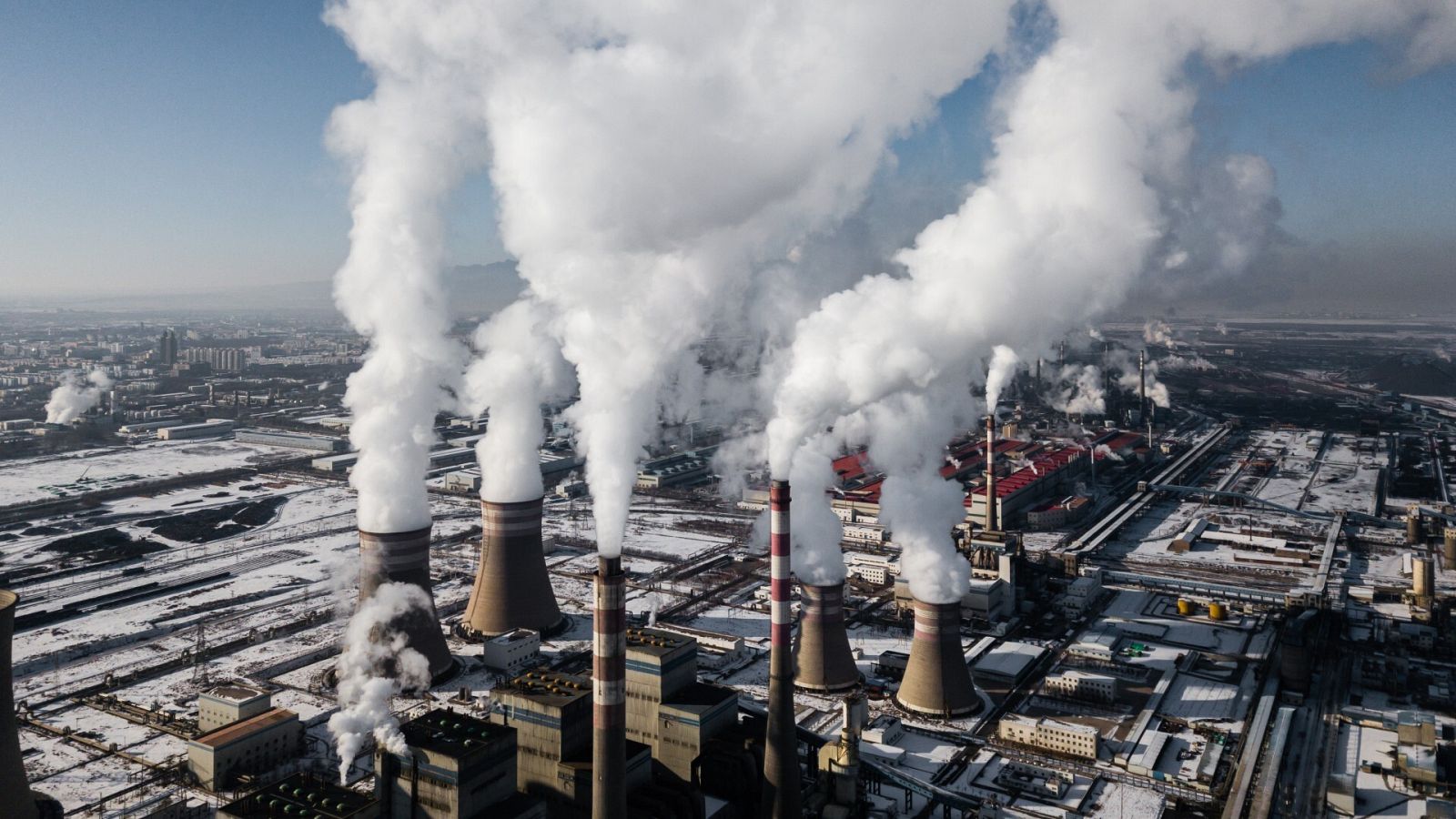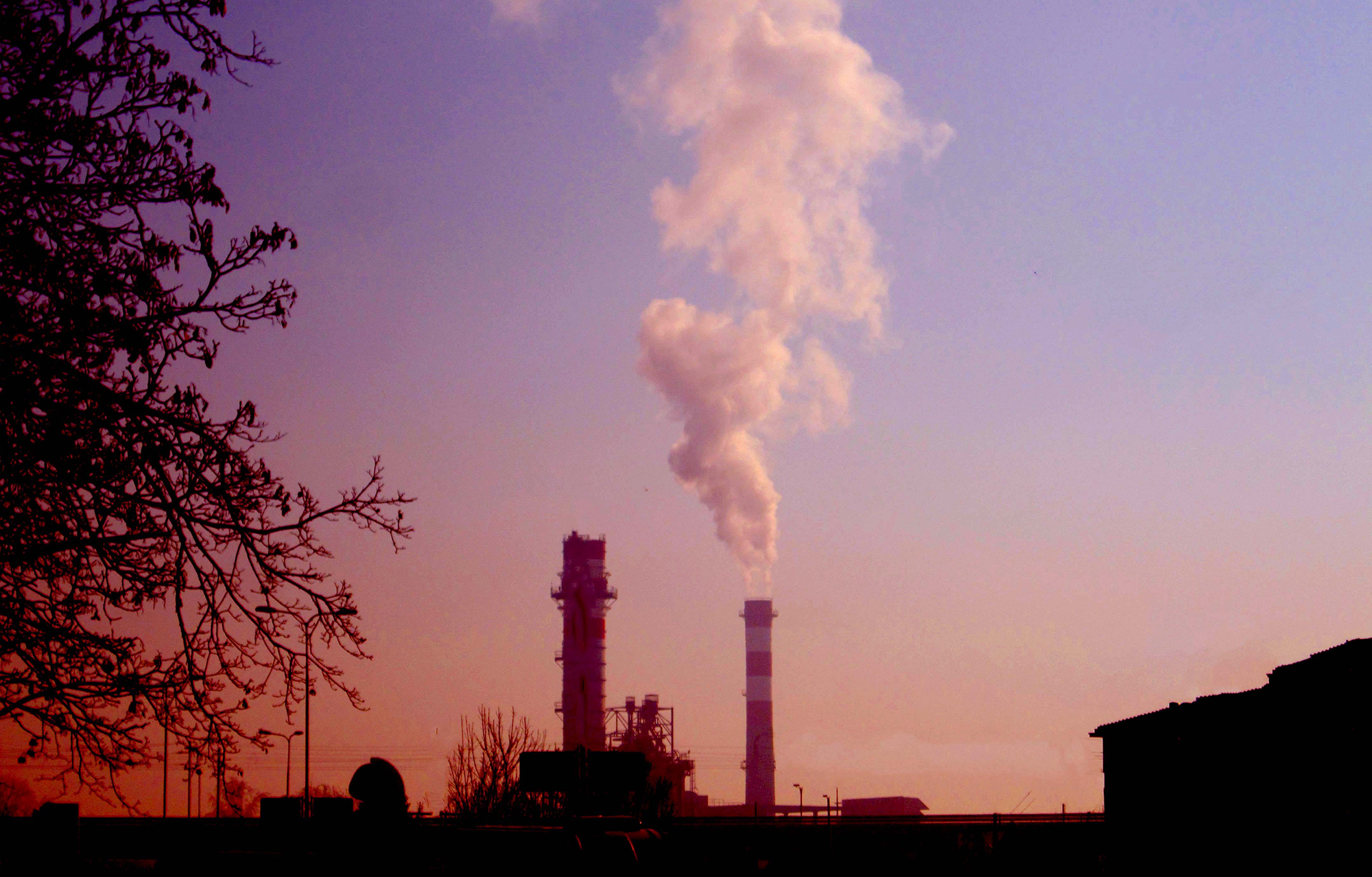The scarcity of resources for the development of renewable energy forces us to slow down
- In 2022, the issue of the energy transition has taken on a new wave, driven by supply problems and summer with a climate flavor of the future. Although the transition is inevitable, the mineral resources it needs can be greatly limited, especially if the current level of consumption is considered unalterable. Beyond the mere replacement of energy sources, for the slowdown to be sustainable, we must make systemic decisions in our industrial model.

In the coming year we have been hardened by two profound trends in Europe: the lack of energy sovereignty and the hardening of the effects of climate change, especially as regards heat waves and droughts. These two trends clearly show the same direction: we must stop using fossil fuels, better if it were the day before yesterday than tomorrow. Likewise, of course, calls to invest in renewable energy are increasingly numerous and sound. Although it is clear that we have to leave oil behind us (in addition to harming the climate), the material challenges of the massive transition to renewable energy are less well known. In particular, the minerals that limit us are those that are used to produce wind eyheras, solar panels and batteries.
What metal and what for?
Phillipe Bihouix, an engineer and expert in mineral resources, has developed a critical view of high technologies, explaining that materiality and irreversibility are too forgotten after the words "dematerialization" and "decarbonisation". He warns us that for 40 years now 30 more metals have been used in the usual industrial production: cobalt, tantalum, germanium, titanium, gallium, indium... They are mainly used in the production of electronic materials, including in plastics and special inks. They are very difficult to recycle, usually because they are in alloys and small amounts, or because they are spread chemically (so they require a lot of energy for extraction). In addition to recycling problems, metals, as well as fossil fuels, are in a limited amount: after maximum extraction, more and more energy is needed to extract from the mines smaller and worse quality quantities.
Simon Michaux is a professor of geometallurgy at the Centre for Geological Research in Finland. In his speech on metals intended for renewable energy, last August, he explained that in the last 60 years he saw three phases in the price of minerals and fossil fuels, placing the most significant break in 2005: from then on conventional oil production, which until then always increased, began to slow down at the same level, but continuing with orders the prices increased, and thus the costs of exploitation of all minerals. This was not “corrected” by the 2008 financial crisis, showing that the problem is structural and not speculative. After the total energy transition (i.e. the replacement of fossil fuels by renewable energy sources), the following metals would be deficient: copper (proven reserves account for only 20% of the required amount), nickel and lithium (only 10% of the need), cobalt, graphite and vanadium (only 3.5%).
This conclusion has also been reached by CSIC physicist and researcher Antonio Turiel, who questions the physical feasibility of the “zero discharge” or “carbon neutrality” initiative. Some bothersome questions (“Some Uncomfortable Questions”), written last year on the The Oil Crash website, warned that to meet the objectives of this initiative it is planned to multiply lithium production by 42, graphite by 25, cobalt by 21, nickel by 19 and rare earth by 7. In particular, the International Energy Organisation says that production must
be increased to those levels, because it will not rise. It also points to the need to launch recycling at a high level (which is not easy, as Bihouix pointed out), or to complete the “strategic reserves” to deal with potential supply disruptions. For Turiel, this opens the door to grabbing resources. In his speech, “Energy and Materials Crisis” at the beginning of the month, he explained that the peak of uranium production was reached in 2016 and that since then production has decreased by 24%. Between 2018 and 2020 we have exceeded the extraction peak of sources that contribute 89% of our energy. Despite this, we will increasingly be able to build the “world tomorrow” mentioned in the spring of 2020.
Recycle yes, simplify, save and review needs
We could say that the energy transition will favour less conflict of access to oil, and that instead we can see conflicts of ownership of lithium, graphite, cobalt or copper, provided that renewable energy production is not accompanied by resource saving measures at global level.
.jpg)
According to Michaux, we cannot replace the production system powered by fossil fuels in a few decades and by renewable energies for all, because there is not enough time or physical resources. To stop using fossil fuels, it will be necessary to redesign the entire industrial ecosystem, equip it with new tools and rebuild it. Global demand for all resources may be reduced rapidly. It says that “this requires social contract agreements and governance systems that are very different from the current ones”, leaving social questions open.
The Low tech initiative focuses on minimising energy needs, using scarce resources as close as possible, not damaging the environment or new generations.
Turiel argues more explicitly that crumbling is inevitable and that it is up to us to choose on a social level: either to remain unprepared and hope that the slowdown will take us chaotic; or to advance and rethink deeply the needs and production systems in a democratic way.
Contrary to the narrative of high technologies, Bihouix defends the commitment to low-tech technologies. Beyond the recovery of techniques from the past, the goal of low technologies is to develop innovations that are as “technological” as possible, minimizing energy to produce and use, minimizing the use of scarce resources and without harming the environment or new generations. How? Producing durable and repairable materials, developing a real circular economy, facilitating reuse and recycling and relying on decent work. Beyond technology, the low-tech initiative is systemic. A future, no doubt, more attractive than an unprecedented disaster.





















